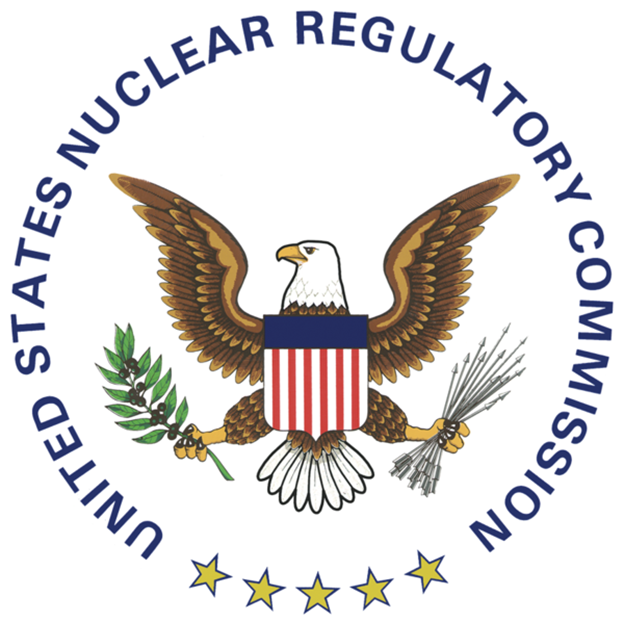Part 1 of 2 Parts
Small modular reactors (SMRs) generate under three hundred megawatts of electrical power from nuclear fission. These reactors are much smaller than the one thousand to seventeen hundred megawatt reactors that are in operation today around the world.
At the end of 2021, Belgium joined a rising number of countries who have expressed an interest in building SMRs. Belgium’s interest in SMRs was connected to a decision to phase out the country’s operating nuclear power plants by 2025. Belgian Prime Minister Alexander De Croo declared that the decision amounted to saying goodbye to the old nuclear reactors but looking forward to the nuclear power of the future. There is a lively international debate over whether these SMRs make economic sense and whether they will be built and deployed.
Belgium is not the only country that is interested in SMRs. The United States (U.S.), the United Kingdom (U.K.) and Canada are at the forefront of efforts to commercialize these designs. These three countries provide large amounts of taxpayer money to subsidize the development of SMRs. Each of these countries have long histories with nuclear power and have inspired other countries to follow their lead.
The background of the growing interest in SMRs is the consistently declining share of nuclear power in global electricity generation. World use of nuclear power has fallen from seventeen and a half percent in 1996 to about ten percent in 2020. This decline is reflected in the steep drop in orders for new nuclear power projects since the mid-1980s.
Often, the decline has been blamed on public opposition to nuclear power, especially resulting from the terrible nuclear disasters at Chernobyl and Fukushima. In reality, the main cause for the fall in nuclear power’s importance has been the steadily rising cost of full-sized nuclear reactors. In addition, there is an almost inevitable tendency for nuclear project construction costs and times to rise dramatically during construction.
In 2005, thirty new reactor proposals were announced after the U.S. government offered handsome financial incentives for nuclear power plant construction. Out of all of these proposals, only four reactors moved on to the construction stage. The four nuclear reactors projects approved for construction in the U.S. are an excellent example of the problems plaguing new nuclear builds in the U.S.
Two reactors were to be constructed in the state of South Carolina. They involved the construction of two AP1000 reactors. After nine billion dollars was spent on this project, the utility company abandoned construction in 2017. The reasons they gave are that capital costs and building schedules had escalated beyond control.
Two more eleven hundred megawatt AP1000 nuclear power reactors were approved for construction at the Vogtle plant in the state of Georgia. Construction of the Vogtle reactors continues in spite of the project cost increasing from an initial estimate of fourteen billion dollars to over thirty billion dollars. The reactors are still at least two years away from completion. This is typical of such projects. The poor construction record has made nuclear power plants difficult to finance because investors are unwilling to be exposed to these risks.
Please read Part 2 next
